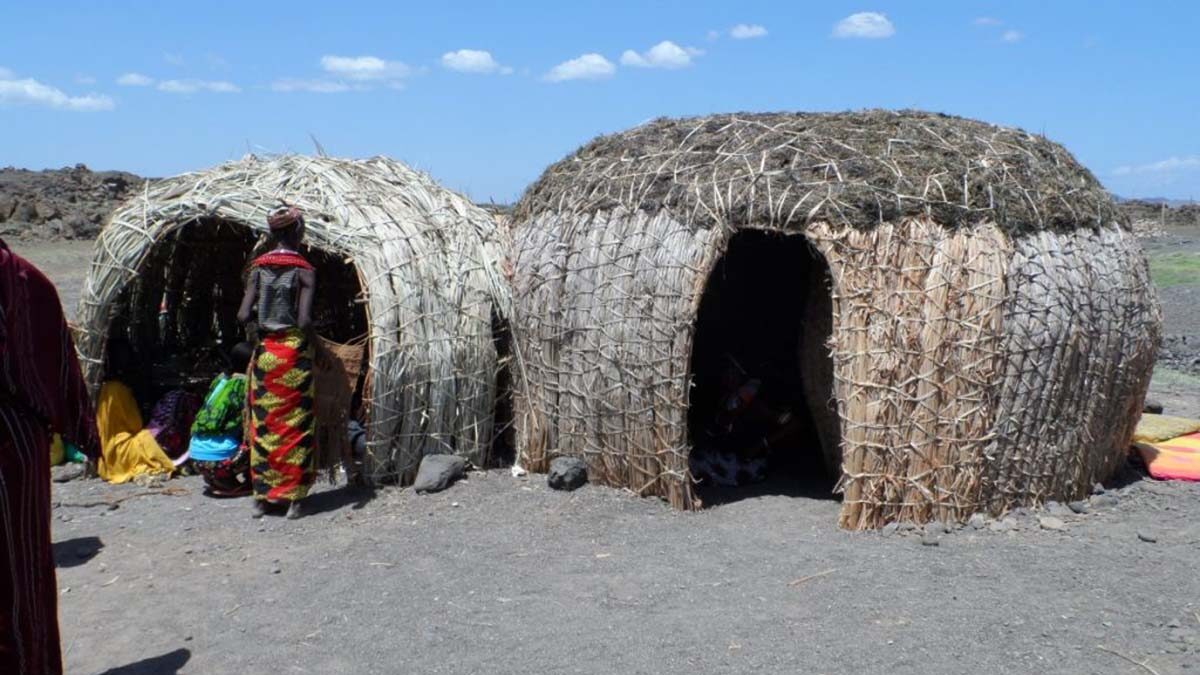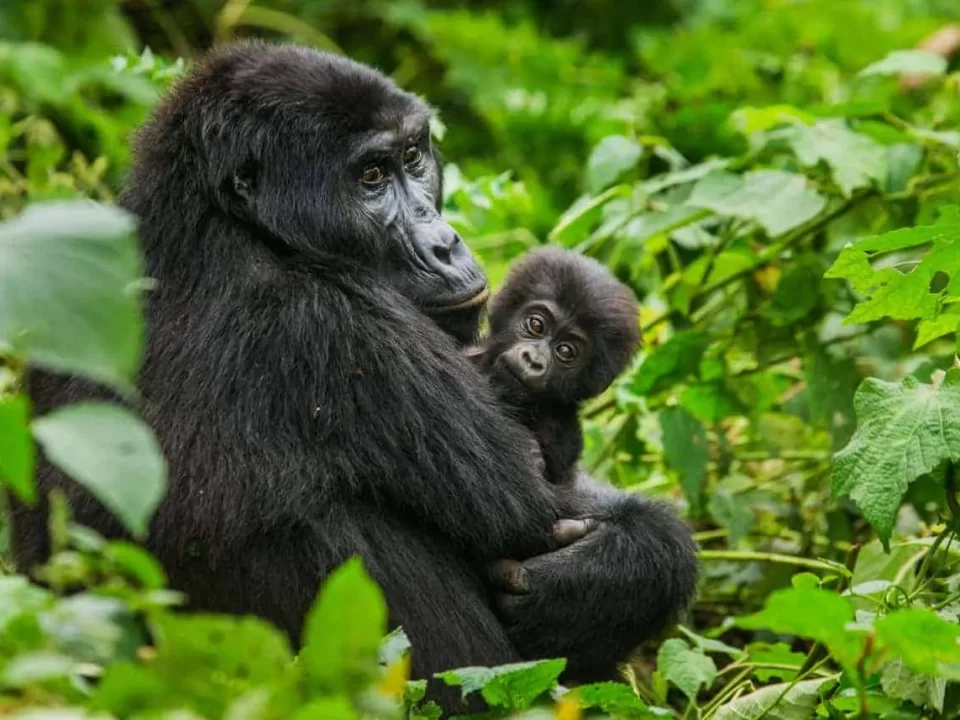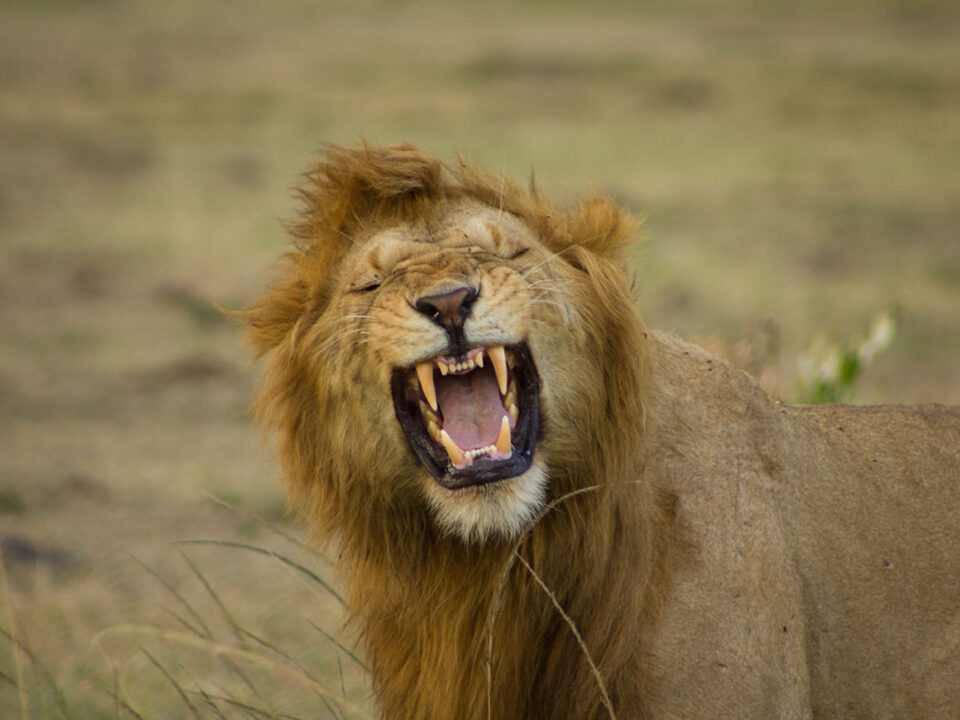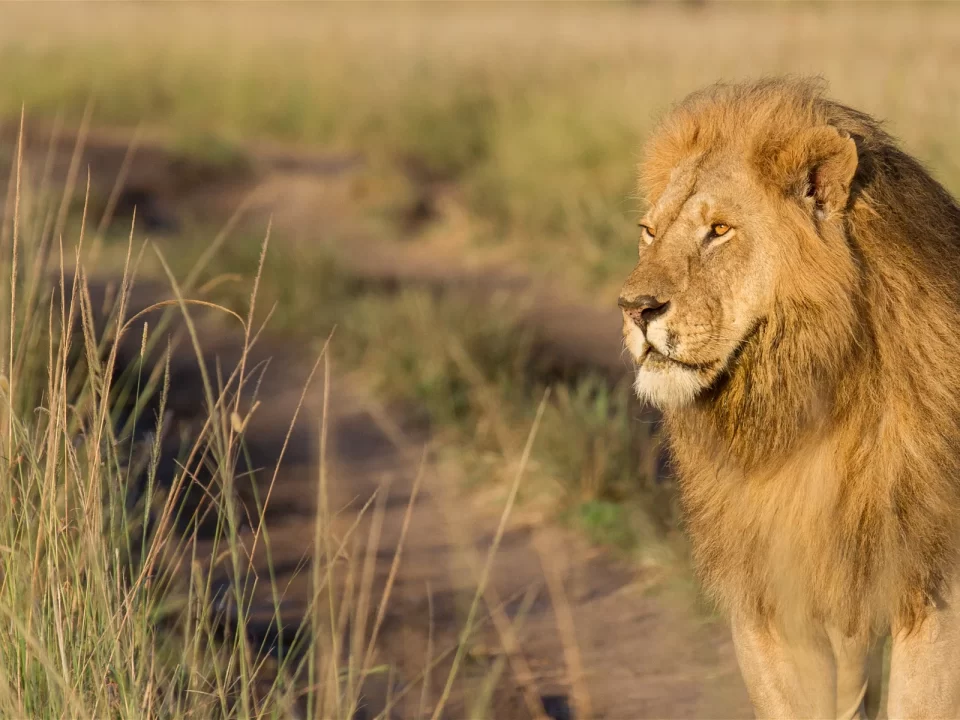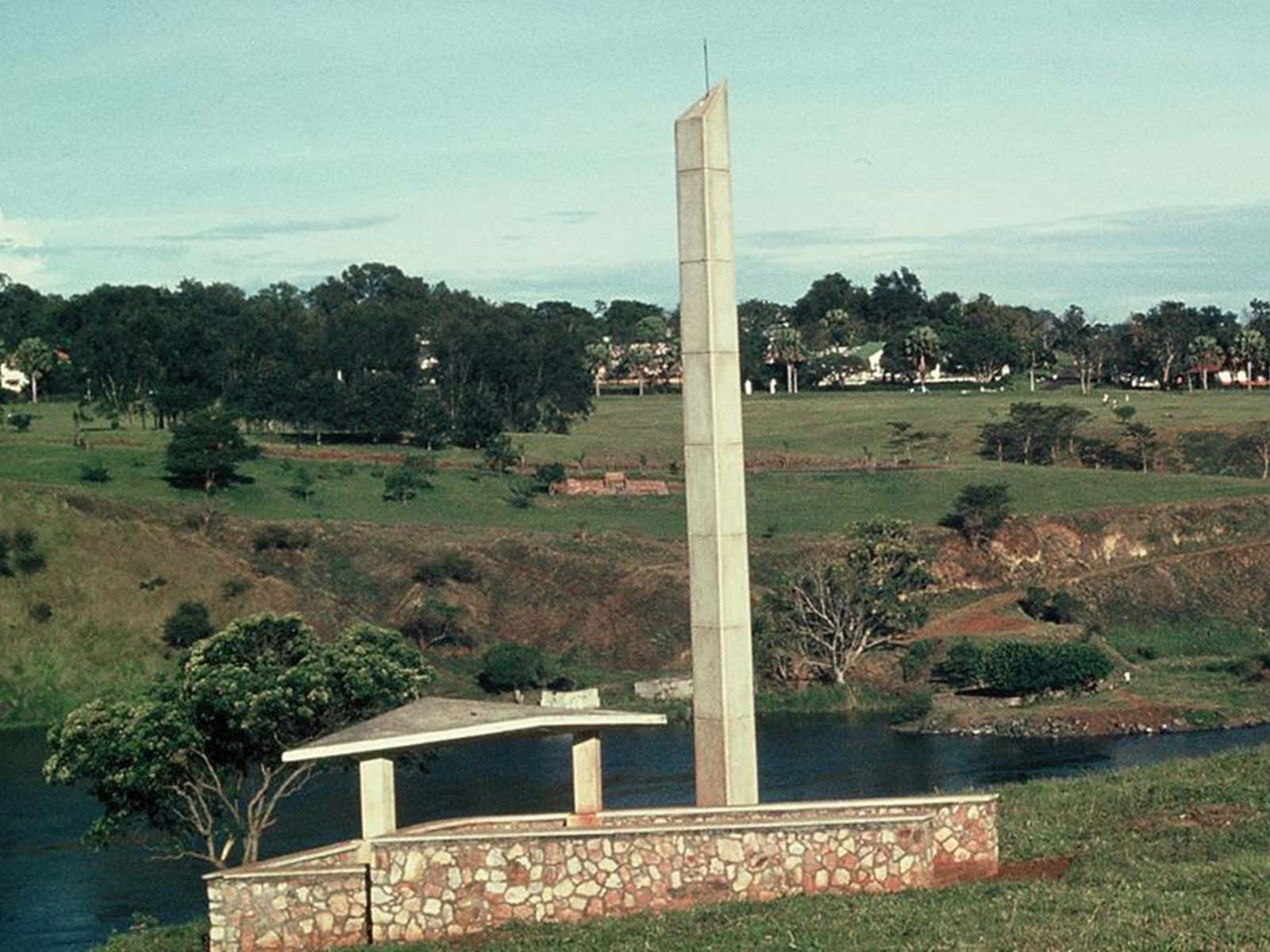
Speke Memorial Monument in Jinja Uganda
September 8, 2023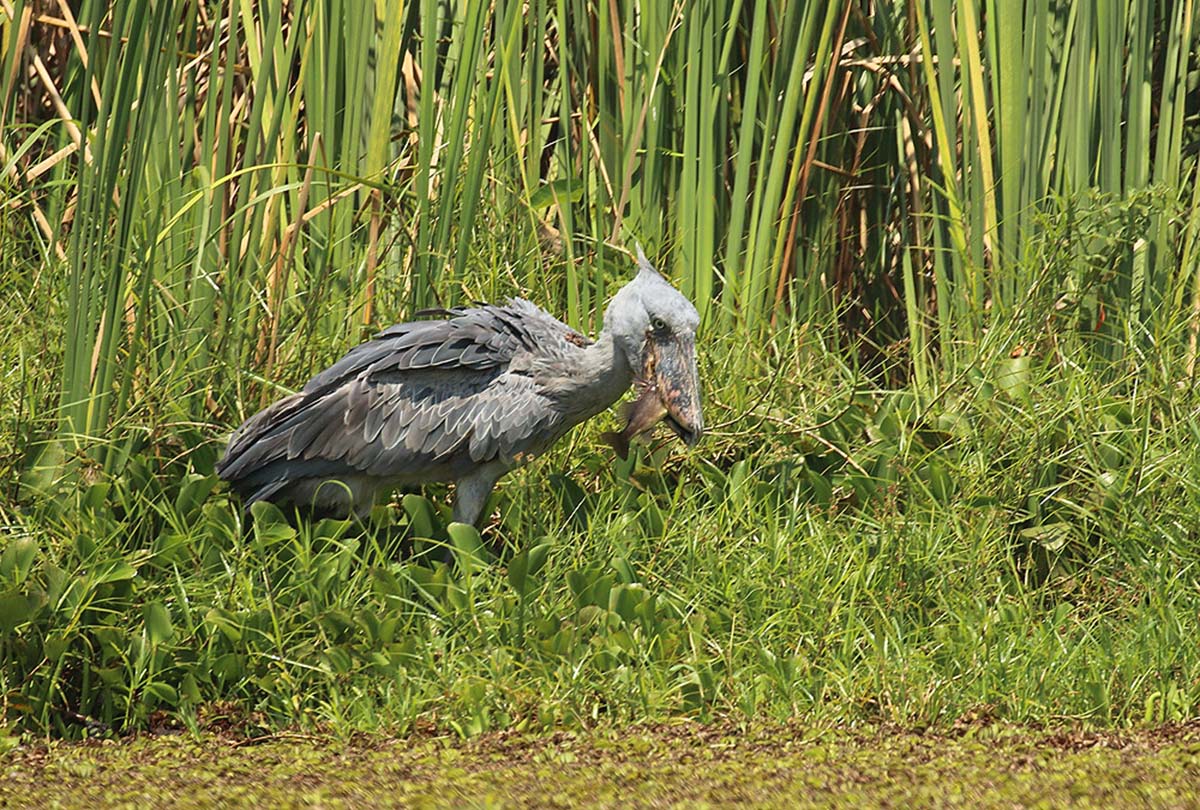
Toro Semliki Game Reserve
September 8, 2023Exploring Kenya Safaris in South Island National Park
When it comes to unforgettable Kenya wildlife tours and a rich cultural experience, South Island National Park emerges as a top destination. Known as “The Isle of Mystery,” this park is a place steeped in enigmatic allure. Its landscape is a stark contrast to the lush savannas and forests that often characterize African wildlife destinations, as it is covered end to end in volcanic ash. Adding to its mystique is the nightly glow of South Island’s luminous vents, which have inspired numerous tales of ghosts and evil spirits.
A Haven for Birdwatchers
South Island National Park is a paradise for bird enthusiasts, boasting a profusion of birdlife. Among its avian residents, you can spot 34 species of European migrants, especially breathtaking as they return home between March and May. The park is also a breeding ground for at least 23 species, including the majestic Goliath heron and the distinctive African skimmer. Along the shores, you’ll witness African open-billed storks, ducks, and gulls, while the volcanic island lakes attract graceful lesser flamingos. Birds of prey, such as swallow-tailed kites, grace the skies, making this park an ideal spot for game watching. Notably, it hosts one of the world’s largest concentrations of crocodiles.
UNESCO World Heritage Site
This park holds the prestigious title of a UNESCO World Heritage Site, offering visitors not only an exceptional wildlife experience but also stunning scenery. Its aviary attractions include the elegant flamingos, majestic pelicans, and a plethora of water birds. Additionally, South Island serves as a crucial stopover for migrant waterfowl and houses substantial breeding colonies of hippos and Nile crocodiles.
Unveiling the Park’s Attractions
If you seek pristine safari destinations, South Island National Park deserves a place on your bucket list. The park is home to approximately 12,000 crocodiles, which have remained largely unchanged for the past 130 million years. These formidable creatures can often be spotted basking along the tranquil shores of the lake. During April and May, witness the spectacle of crocodile breeding on the shoreline of the Island’s Crater Lakes.
The park’s wildlife extends beyond crocodiles. Keep an eye out for species such as the saw-scaled viper, cobra, night adders, and puff adders. In the aquatic realm, you’ll encounter massive Nile perch and tilapia. Puffer fish, typically associated with seawater, offer a glimpse into Turkana’s prehistoric connection to the Red Sea. South Island’s diverse ecosystem supports an impressive array of wildlife, making it a haven for wildlife enthusiasts.
Understanding the Climate
South Island National Park experiences a climate characterized by hot and arid conditions from December to March. June and July bring cooler temperatures, while strong winds prevail from May to September. The park receives an annual rainfall of approximately 250mm, although some areas take longer to experience rainfall.
Getting to South Island National Park
Located in the southern part of Lake Turkana, approximately 20 kilometers southwest of Loyengalini, South Island National Park is accessible by both air and road.
By road, the journey from Nairobi is an adventurous three-day drive through Marsabit and North Horr or Maralal and South Horr. Alternatively, you can travel from Nairobi to Kalokol along the western shoreline of the lake, passing through Kitale and Lodwar. From Kalokol, you can hire boats for the final leg of your journey to Central Island.
By air, South Island National Park is easily reached through the nearby airstrips and Loiyangalani on the southeastern coast of Lake Turkana.
Accommodation Options
While exploring South Island National Park, you can choose from a range of accommodation facilities. Options include the South Island campsite, Malabo resort, Lobolo tented camp, Oasis Lodge, National Museum of Kenya, Kobi Fora, Game trackers campsite, Palm shade camp, Sunset strip camp, and more. These lodgings provide comfortable and convenient bases for your wildlife and cultural exploration in this unique and captivating destination.

